In a typical mutual capacitance touch sensor when finger approaches sensor it draws electrical field in effect decreasing the capacitance of the sensor (which is described here and here, for example).
Now, I came across this sensor design and tried to work out the principle of how it's working.
Here, the receive signal (left) is separated with transmit signal (right) via ground (and is also surrounded by it) and instead of a finger, there is a conductor (insulated from GND using a rubber cup) moving in or out above the sensor.
My understanding is, that this sensor is (with respect to the above "usual" situation) normally closed (i.e. electric field lines flow to the GND strip in-between Rx and Tx pads) and when the object approaches these pads it diverts them and increases the mutual capacitance of the sensor.
Is this reasoning correct?
